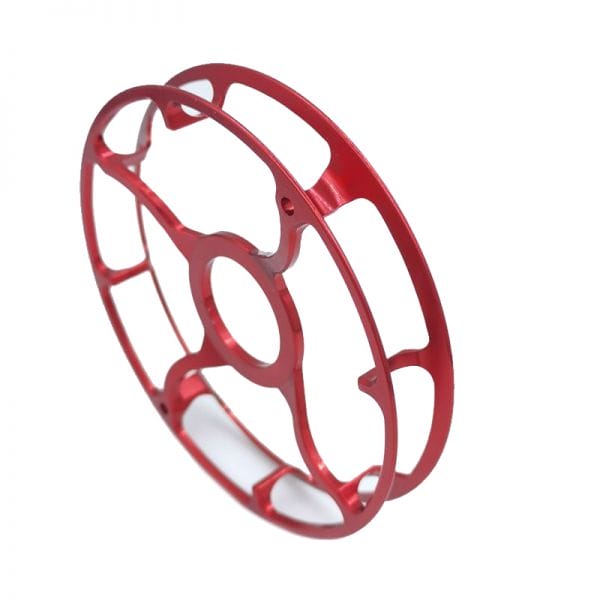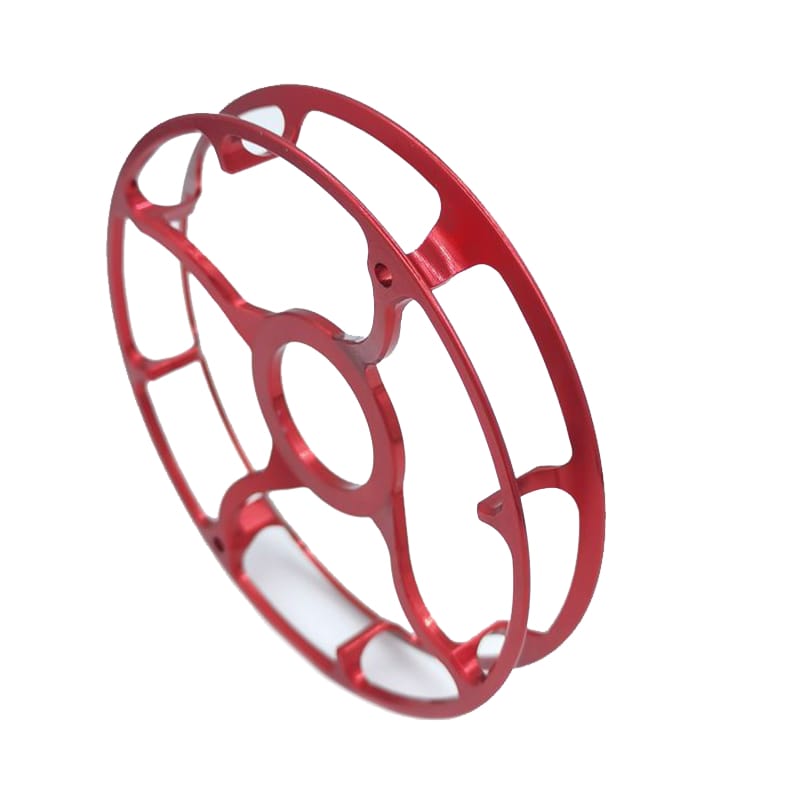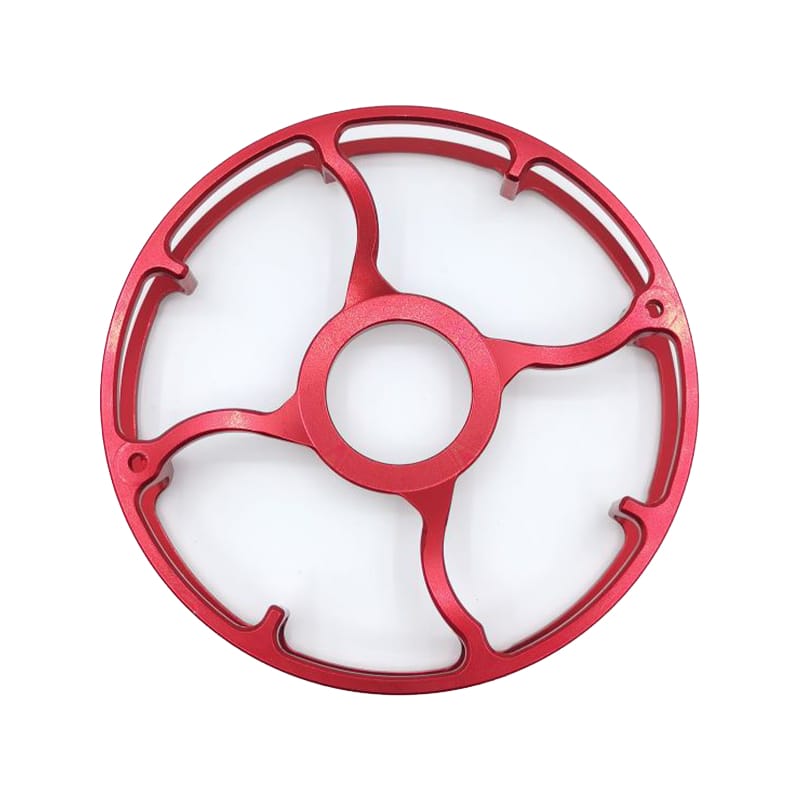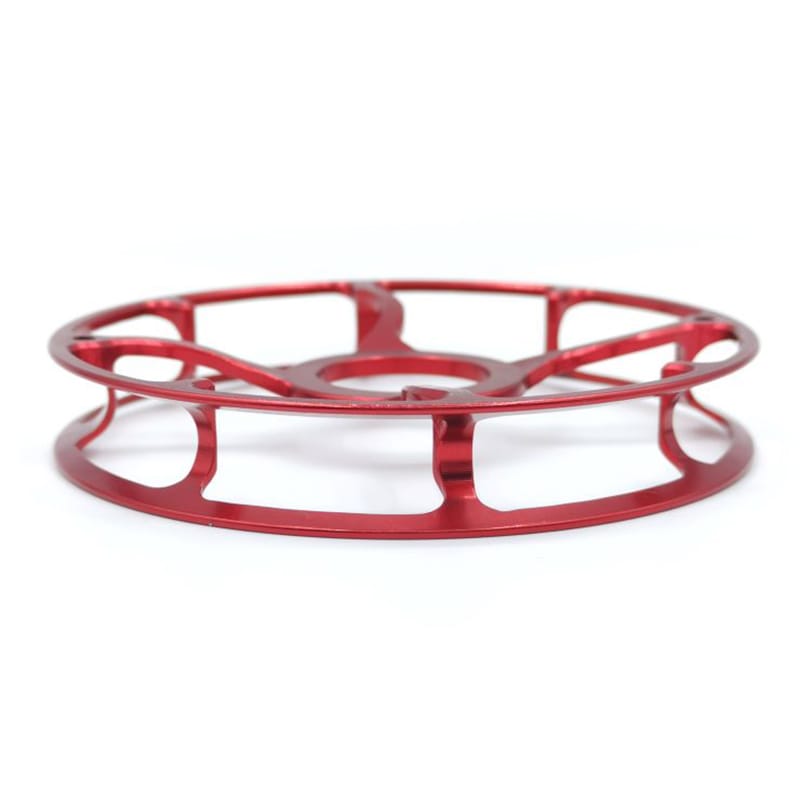Description
[section]
[row]
[col span__sm=”12″]
Differences between hard anodizing and ordinary anodizing
The hard anodized coating permeates into the aluminum alloy by 50% and adheres to its surface by 50%. Therefore, the product has larger external dimensions and smaller inner bores after hard anodizing and smaller external dimensions and larger inner bores after ordinary anodizing.
[/col]
[/row]
[row]
[col span=”6″ span__sm=”12″]
Hard anodizing color
Hard anodizing usually leads to the black color of the anodized coating’s natural color which is determined by composition of the aluminum alloy. The same type of aluminum (6061-6) from different manufacturers has different anodized coating colors. The same type of aluminum (6061-6) from the same manufacturers also possibly has different anodized coating colors. Therefore, the anodized coating’s natural color is often used for a product’s internal parts.
[ux_image id=”963″ image_size=”original”]
[/col]
[col span=”6″ span__sm=”12″]
Advantages of hard anodizing for aluminum
1.The hardness of the aluminum alloy surface can be up to about HV500 after hard anodizing.
2.The anodized coating’s thickness is 25-250um.
3.Good adhesion: Based on the characteristics of hard anodizing, the produced hard anodized coating permeates into the aluminum alloy by 50% and adheres to its surface by 50%.
4.The breakdown voltage can be up to 2,000V.
5.Good abrasion resistance: The maximum abrasion index of the aluminum alloy with a content of copper higher than 2% is 3.5mg/1000 turns. The abrasion index of any other aluminum alloy should not exceed 3.5mg/1000 turns.
6.No toxicity: Both the anodized coating and the electrochemical process used to produce the anodized coating should be harmless to human bodies.
Therefore, in order to meet the requirements of convenient machining and reduced product weights as well as environmental friendliness, the components of some products are partially made of hard anodized aluminum alloys instead of the stainless steel and traditional spraying and electroplating processes.
[/col]
[/row]
[row]
[col span__sm=”12″]
About Hard Anodizing
For thick coating anodizing, this is a special anodizing surface treatment process for aluminum and its alloys. The anodized coating produced with this process is up to 250μm thick. An anodized coating with a microhardness of 1500kg/mm2 can be acquired on pure aluminum, and an anodized coating with a microhardness of 400~600kg/mm2 can be acquired on a aluminum alloy. The anodized coating features poor thermal conductivity, a melting point of 2050℃, a large coefficient of resistance, and up to 2,000V breakdown voltage after sealing treatment (soaking in an insulator or paraffin). Also featuring high corrosion resistance in the atmosphere, high abrasion resistance and good insulativity as well as a series of advantages such as firm adherence to the base metal, it is an ideal thermal insulating coating with wide applications in both the national defense industry and mechanical component manufacturing industry.
It is mainly applicable to aluminum and aluminum alloy parts with high requirements of abrasion resistance, thermal resistance and insulativity, such as cylindrical inner walls, pistons, vapour locks, cylinders, bearings, floors of an airplane’s cargo space, rolling rods and guide rails, hydraulic equipment, steam impellers, levellers, gears and cushions. Replacing the traditional hard chrome-plated coating with the hard anodizing process leads to advantages like low costs, firm adherence, and convenient treatment of plating solution wastes. However, the coating produced by this process has a disadvantage that aluminum or its alloys will be affected for the mechanical fatigue strength index when the coating thickness is too large.
[ux_text text_align=”center”]
[/ux_text]
[/col]
[/row]
[/section]
 Call Us Today! (+86) 188-2253-7569
Call Us Today! (+86) 188-2253-7569


